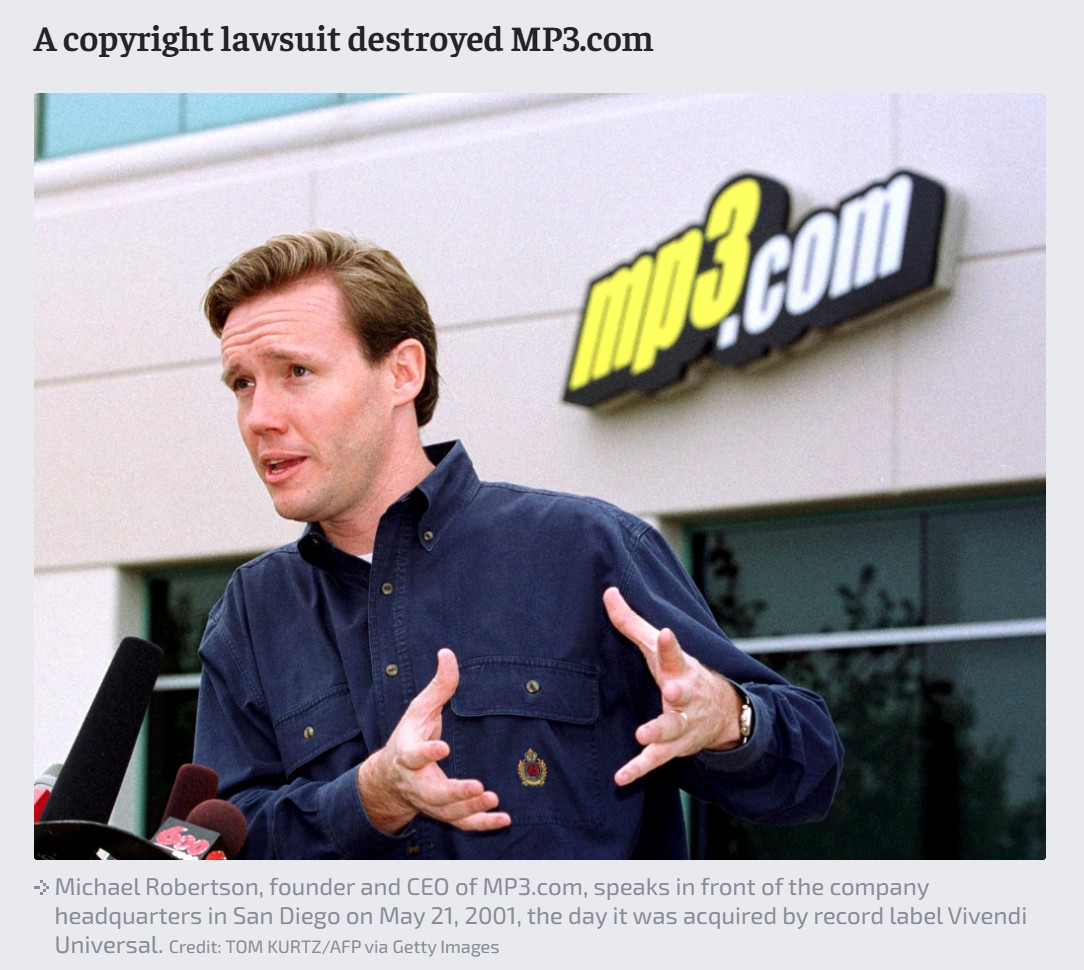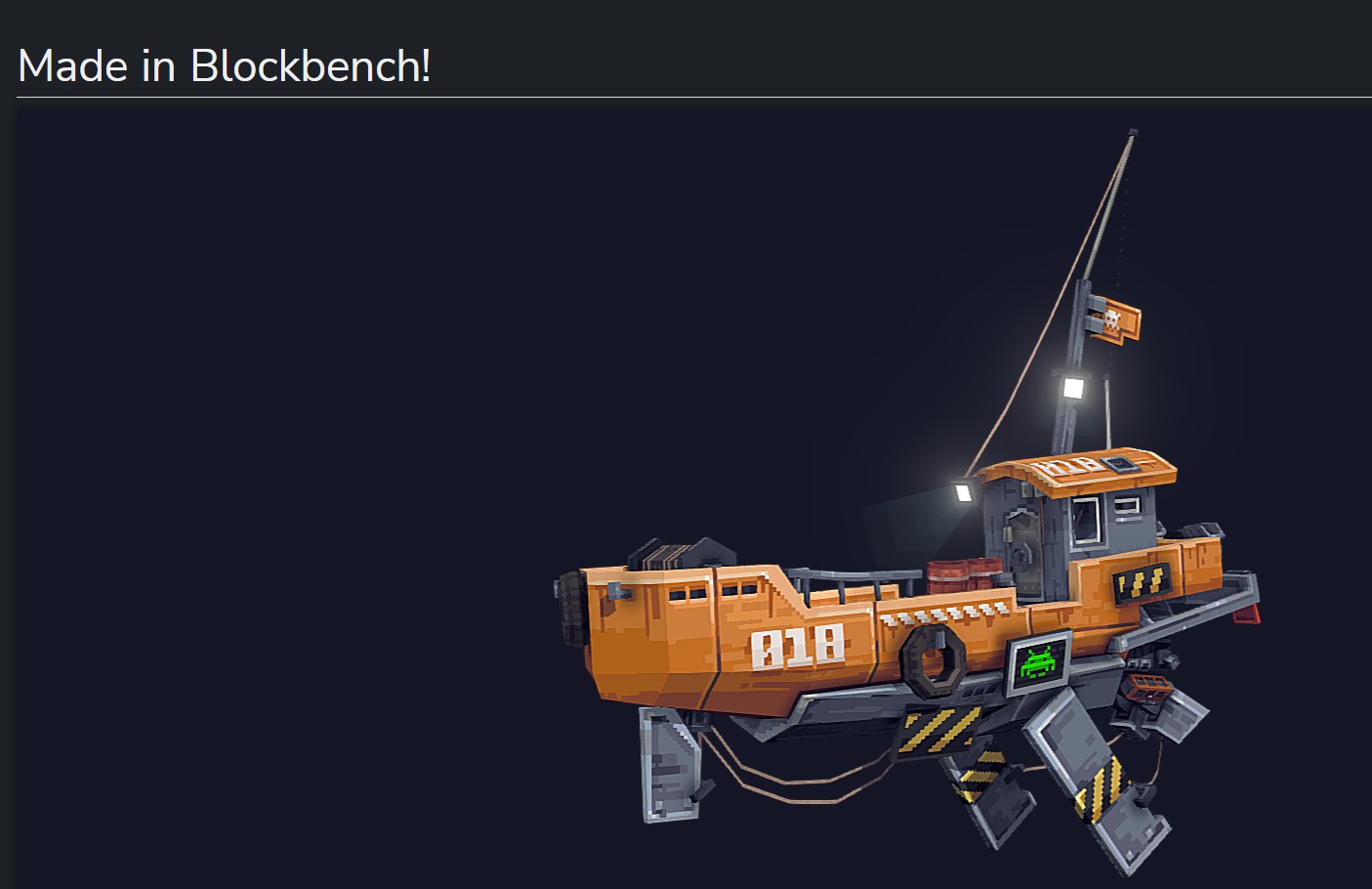RANDOM POSTs
-
Intel Studios Debut Volumetric XR Video Demo – virtual cameras production
Read more: Intel Studios Debut Volumetric XR Video Demo – virtual cameras productionDebut footage from Intel Studios new Volumetric Studio set up outside LAX, LA. Its volumetric VR filmmaking – so you could be the camera, anywhere, anytime – not just the POV shown here. Be sure this technology will only get better and better.
-
AI and the Law – Why The New York Times might win its copyright lawsuit against OpenAI
Read more: AI and the Law – Why The New York Times might win its copyright lawsuit against OpenAI
Daniel Jeffries wrote:
“Trying to get everyone to license training data is not going to work because that’s not what copyright is about,” Jeffries wrote. “Copyright law is about preventing people from producing exact copies or near exact copies of content and posting it for commercial gain. Period. Anyone who tells you otherwise is lying or simply does not understand how copyright works.”
The AI community is full of people who understand how models work and what they’re capable of, and who are working to improve their systems so that the outputs aren’t full of regurgitated inputs. Google won the Google Books case because it could explain both of these persuasively to judges. But the history of technology law is littered with the remains of companies that were less successful in getting judges to see things their way.
-
Crypto Mining Attack via ComfyUI/Ultralytics in 2024
Read more: Crypto Mining Attack via ComfyUI/Ultralytics in 2024https://github.com/ultralytics/ultralytics/issues/18037
zopieux on Dec 5, 2024 : Ultralytics was attacked (or did it on purpose, waiting for a post mortem there), 8.3.41 contains nefarious code downloading and running a crypto miner hosted as a GitHub blob.

-
Robert Alton on naive realism and quantum mechanics
Read more: Robert Alton on naive realism and quantum mechanicshttps://www.youtube.com/watch?v=e-Fo_k7RC8g
Any description of the universe is a description of the instrument you used to analyze the universe. Instruments including our brain.
COLLECTIONS
| Featured AI
| Design And Composition
| Explore posts
POPULAR SEARCHES
unreal | pipeline | virtual production | free | learn | photoshop | 360 | macro | google | nvidia | resolution | open source | hdri | real-time | photography basics | nuke
FEATURED POSTS
Social Links
DISCLAIMER – Links and images on this website may be protected by the respective owners’ copyright. All data submitted by users through this site shall be treated as freely available to share.








